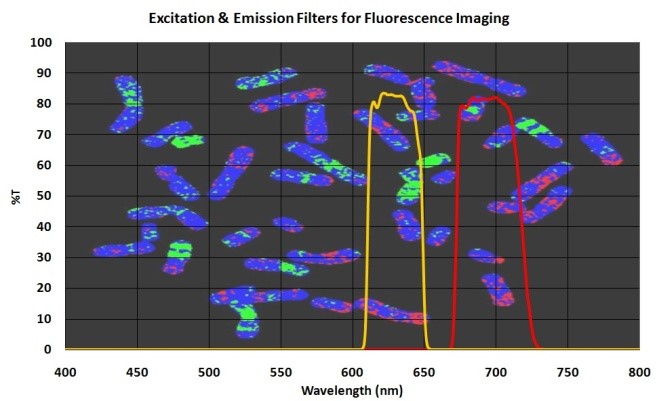
The evolution of fluorescence filters
Fluorescence filters help to isolate specific wavelengths of fluoresced light – which might seem light years away from anything to do with jellyfish evolution.
But in fact, many modern scientific processes are derived from naturally occurring biochemical capabilities, such as the green fluorescent proteins (GFPs) found off the coast of North America in the jellyfish species Aequorea Victoria.
Uncovering biological phenomena
These green proteins can be used as fluorescent markers for biological phenomena, by attaching them as genetic tags and then using fluorescence filters to see where they go.
Some GFPs can do more though – including changing colour to become red – and these are especially valuable for super-resolution fluorescence microscopy.
Advances in super-resolution microscopy
A team at Arizona State University have now discovered a hinge migration mechanism that they say is the “key for evolution of a green-to-red photoconvertible phenotype in a GFP”.
It took eight years to unlock this process, which is described in a paper published in the academic journal Structure.
Ultimately, this greater understanding of biochemical processes acquired through natural evolution holds the promise of improving artificial fluorescence filters still further, making super-resolution microscopy a reality.
Envin Scientific have the capability to custom design a fluorescent filter or other optical filter to the highest standard for your reasearch project. Get in touch today to see how we can help.

